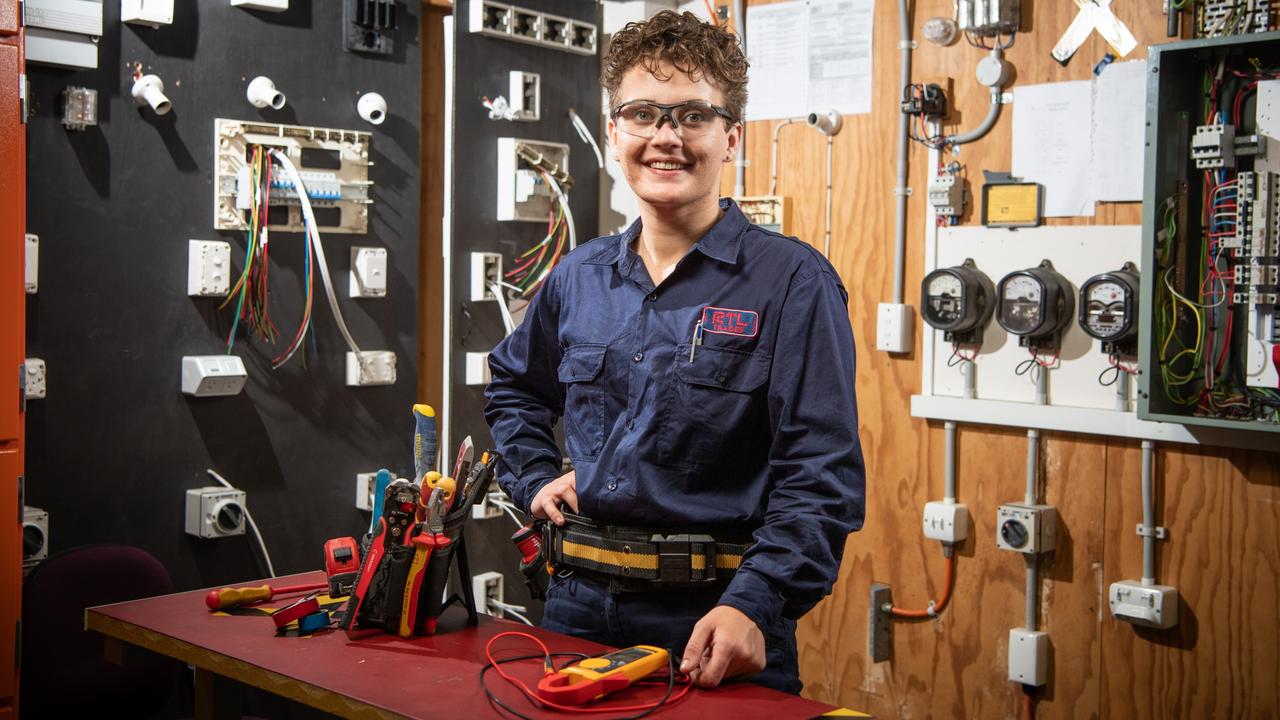Try a different line of work if you’re having trouble getting a job.
Applying for one of the occupations that has the lowest number of applicants for each job vacancy will help you to get hired.
PEOPLE who want to work in an office face the greatest competition for jobs, with as many as 40 jobseekers applying for each vacancy.
Outdoor jobs such as labouring and trades have the least number of job applicants, providing opportunities for those who do not mind being active or working in the weather.
The National Skills Commission’s Survey of Employers’ Recruitment Experiences 2019 reveals the occupations in which jobseekers have better chances of securing work and those for which they will need to fight harder.
While the data was compiled pre-pandemic, it shows the type of jobs that workers are most interested in, and therefore face the toughest difficulties in standing out to employers, even if they have the right qualifications.
In 2019, employers received an average of 21 applications for each job vacancy, up from 19 in 2018.
Clerical and administrative workers had by far the most applicants of any occupation group at 40 on average for each vacancy.
It was almost double that of the second most sought-after role, manager, which had an average of 24 applicants for each role.

Professionals and sales workers, who also typically work inside, had an average of 22 applicants for each role.
Jobs that were more hands-on and/or involved outside work had fewer applicants for each role at an average of 19 for machinery operators and drivers, 18 for community and personal service workers, 17 for technicians and trades workers and 15 for labourers.
To increase the chances of being hired in 2021, Hays managing director Nick Deligiannis urges jobseekers to “wilfully disrupt” their job search.
He says looking into previously uncharted waters is one way jobseekers can advance their career in 2021.
“Look at the industries where vacancy activity is highest, even if you haven’t previously worked in them before,” he says.
“For instance, IT, healthcare, logistics, infrastructure and professional services have strong job opportunities on offer, so be brave and consider searching outside your typical parameters.”
It is one of 10 tips Deligiannis provides jobseekers to get work this year.
The NSC survey reveals unappealing work conditions is the top reason why employers have difficulty recruiting for labouring positions, with 24 per cent of those surveyed indicating that staff do not want to do the type of work.
But for other roles, applicants needed to have the right technical skills, qualifications, experience or employability skills.
For community and personal service workers, having employability skills was just as valued by employers as having experience.
Jobseekers also prefer to apply for jobs with small businesses of fewer than 20 staff, at an average of 25 applicants for each role, than big businesses with more than 100 workers, at 13 applicants for each role.
Meanwhile, it was easiest to get a job in the Northern Territory where employers received an average of 13 applications for each role.
Western Australia had the highest average applicant number of 26, followed by Queensland (23), South Australia and Victoria (22), Tasmania (19), New South Wales (18) and the ACT (14).
Only 8 applicants on average applied for roles in remote parts of Australia, with the number increasing to 12 for those in outer regions, 16 for inner regions and 23 in metropolitan areas.

Electrical apprentice Rachael Douglas has seen first hand the trouble jobseekers can have to get a job, particularly in an office.
She was working in an office after finishing high school when she witnessed more than 100 job applications coming in for just one receptionist vacancy.
Being an academic student, pursuing a trade career was not something that was proposed or she considered after school and instead a university-qualified career seemed to be in her future.
But she never felt right working in accounting or law.
“I walked into Coles (one day) and saw a lady in the (trades) uniform and the penny dropped,” she says.
Douglas, 23, got work as a trades assistant, building circuit boards, while she looked for an apprenticeship.
She is now in her third year of her electrical apprenticeship, completing a Certificate III in Electrotechnology at TAFE QLD and working at RTL Trades.
“I found a small business that seemed to really care about the way he works and treats his employees and I haven’t looked back from there,” she says.
“I’ve loved every minute that I’ve worked there.
“This was the best decision I made for myself.
“It’s so varied.”
Douglas advises apprenticeship seekers to sell themselves in their resume and interview, to be eager to learn and ask questions, and to pursue a job that they are really interested in or have a passion for.
For those who still want to go to university, pursuing a trade does not rule it out, she says.
“I’m doing my business management degree that I started in the second year of my apprenticeship,” she says.
“You can still go to uni – you can do both.”




